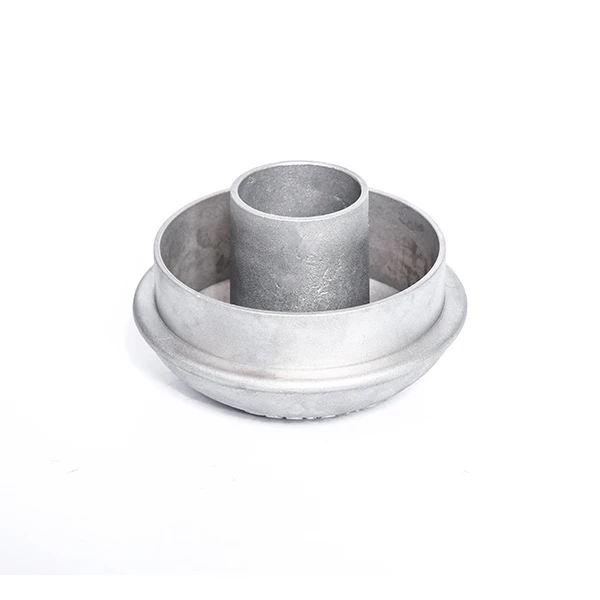Mobile:+86-311-808-126-83
Email:info@ydcastings.com
types of agitator impellers
Types of Agitator Impellers A Comprehensive Overview
Agitator impellers play a crucial role in mixing processes across various industries, including chemical, pharmaceutical, food and beverage, and wastewater treatment. An effective agitator impeller enhances mass transfer, ensures uniform distribution of materials, and improves the efficiency of chemical reactions. In this article, we will explore the different types of agitator impellers available, their design features, and their applications.
1. Axial Flow Impellers
Axial flow impellers are designed to move fluid in a parallel direction to the impeller shaft. These impellers are characterized by their propeller-like design, featuring blades that are typically angled to force the fluid along the flow axis. Common types of axial flow impellers include
- Propellers Often used in applications requiring high flow rates at low viscosity. They are ideal for mixing large volumes efficiently. - Helical Ribbon Impellers Best suited for viscous fluids, these impellers create a gentle flow that promotes better dispersion and blending of materials.
Applications for axial flow impellers include cooling towers, chemical reactors, and fermentation tanks
.2. Radial Flow Impellers
Radial flow impellers, on the other hand, direct fluid flow outward from the impeller's axis. They are commonly used in processes that require a high shear rate to effectively mix different components. Some key types of radial flow impellers include
- Flat Blade Turbines These impellers have blades that are oriented perpendicular to the shaft and are effective in creating turbulence. They are suitable for applications such as mixing slurries and emulsions. - Disc Turbines These are designed with flat blades and typically feature a higher number of blades to enhance fluid shearing and turbulence. They are often used in the chemical and biotechnology industries.
types of agitator impellers

Radial flow impellers are particularly useful in processes that involve high viscosity materials or require the dispersion of solid particles in liquids.
3. Mixers with Specialized Designs
Certain applications demand impeller designs tailored to specific requirements. These specialized impeller types improve mixing performance in challenging conditions
- Paddle Mixers Characterized by broad flat blades, paddle mixers are excellent for handling thick slurries and can effectively mix dry powders with liquids. They are frequently used in the food and feed industries. - Anchor Impellers Designed for viscous materials, anchor impellers scrape the walls of the vessel while mixing, ensuring that no material remains unmixed. These impellers are commonly used in the production of creams and gels.
4. Hybrid Impellers
Hybrid impellers combine features of both axial and radial flow designs, providing versatility in mixing applications. These impellers are specifically engineered to optimize mixing efficiency by balancing flow patterns. They are beneficial in processes that require both high flow rates and effective shear.
Conclusion
The selection of the appropriate agitator impeller type is critical for optimizing mixing processes in various industrial applications. From axial and radial flow impellers to specialized and hybrid designs, each type offers distinct advantages tailored to meet specific operational needs. Understanding the characteristics of different agitator impellers will enable engineers and process designers to maximize efficiency and achieve desired outcomes in their mixing operations. Proper selection not only enhances mixing performance but also influences product quality, making it essential to consider the unique requirements of each application when choosing the right impeller.
-
Why Should You Invest in Superior Pump Castings for Your Equipment?NewsJun.09,2025
-
Unlock Performance Potential with Stainless Impellers and Aluminum End CapsNewsJun.09,2025
-
Revolutionize Your Machinery with Superior Cast Iron and Aluminum ComponentsNewsJun.09,2025
-
Revolutionize Fluid Dynamics with Premium Pump ComponentsNewsJun.09,2025
-
Optimizing Industrial Systems with Essential Valve ComponentsNewsJun.09,2025
-
Elevate Grid Efficiency with High-Precision Power CastingsNewsJun.09,2025











